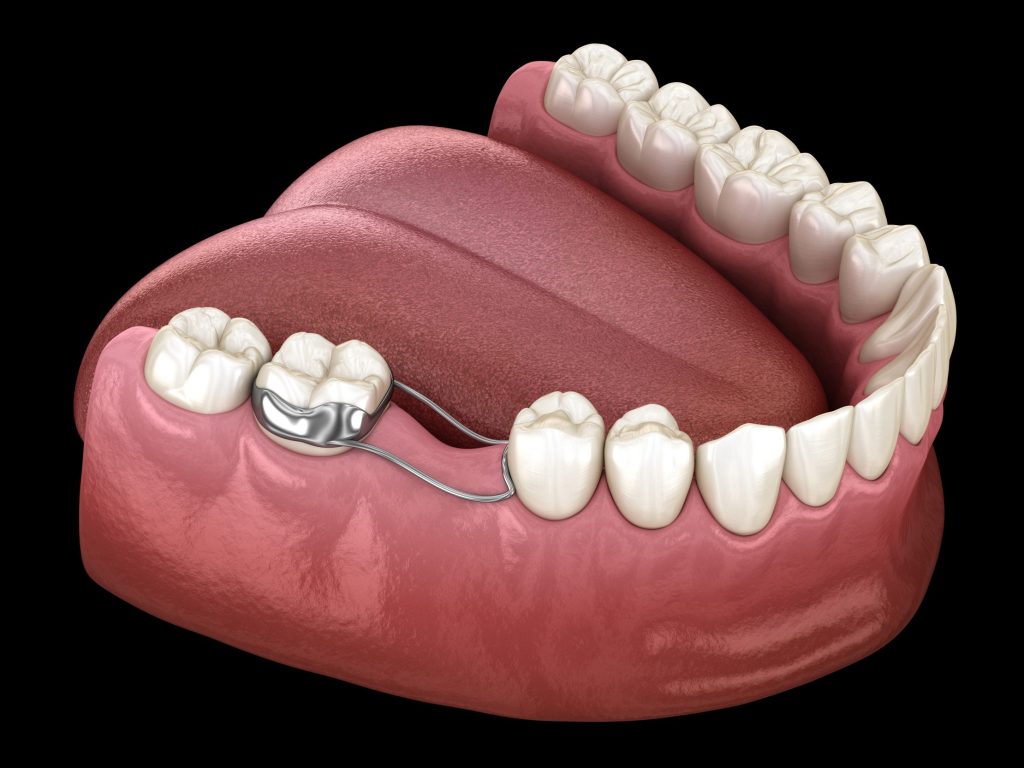Losing baby teeth is a significant milestone in every child’s life, but ensuring that the adult teeth come in correctly is essential. If a child loses their baby teeth too early or experiences tooth decay, there may be insufficient space for the permanent teeth to grow. This can lead to dental complications such as crowding and misalignment. Fortunately, space maintainers are an excellent solution to prevent these problems from occurring. This blog post will cover everything you need to know about space maintainers. From what they are and why they are necessary for dental health to the different types of space maintainers available and how they assist in habit therapy. We will also discuss potential risks and care for space maintainers so that you can decide on your child’s dental health.
Understanding Space Maintainers
Space maintainers are dental appliances that help maintain space for permanent teeth, preventing complications like crowding and misalignment. They are commonly used when a baby tooth is lost prematurely and are recommended by pediatric dentists to avoid future orthodontic treatment. Depending on the child’s needs, space maintainers can be fixed or removable. By keeping a space open, they support the eruption of adult teeth and assist in proper dental development. Pediatric dentistry emphasizes the importance of space maintainers addressing missing teeth and ensuring happy patients with healthy smiles.
The Importance of Space Maintainers in Dentistry
Preserving the integrity of a child’s dentition, space maintainers play a crucial role in maintaining proper alignment and preventing space loss. Ensuring that adult teeth have enough space to erupt naturally can help avoid the need for more invasive treatments like braces or extractions. Pediatric dentists utilize space maintainers to promote proper dental development. With their ability to preserve the child’s baby teeth and prevent complications like crowding and misalignment, space maintainers are essential in pediatric dentistry. Their use can lead to happy patients and a healthier, more comfortable smile.
The Necessity of Space Maintainers
Space maintainers become necessary when a primary tooth is lost before the permanent tooth emerges. Without them, neighboring teeth may shift into the space, leading to complications like crowding, misalignment, and impacted permanent teeth. To prevent these issues, space maintainers act as placeholders. Consulting with a pediatric dentist is crucial to determine their necessity. By ensuring the proper development of a child’s dentition through using space maintainers, the need for more invasive treatments like braces or extractions can be significantly reduced.
Different Types of Space Maintainers
Fixed unilateral and bilateral appliances, commonly used in pediatric dentistry, are space maintainers. These stainless steel appliances utilize wires to maintain spaces between teeth. In some instances, removable partial dentures can also serve as space maintainers. Pediatric dentists determine the most suitable type of space maintainer based on the child’s needs. Consulting with a pediatric dentist is essential to decide on the appropriate variety of space maintainers for your child’s missing teeth.
Potential Risks and Care for Space Maintainers
Proper maintenance and hygiene practices are crucial for ensuring the longevity and effectiveness of space maintainers. Regular brushing and flossing around the maintainer are essential to prevent decay and maintain oral health. Children must avoid consuming sticky or hard foods that could damage the appliance. Additionally, regular follow-ups and consultations with a dentist are necessary to monitor the condition of the space maintainer and address any concerns or complications that may arise. Pediatric dentists specialize in providing comprehensive care for children’s teeth and can offer expert guidance through space maintainers.
Regular Follow-ups and Consultations with Your Dentist
Regular follow-ups and consultations with your dentist are crucial in ensuring your space maintainer’s proper functioning. These appointments allow your dentist to monitor the progress of the space maintainer and make any necessary adjustments to ensure its effectiveness. Routine dental check-ups also enable your dentist to address any concerns or complications that may arise while using the space maintainer. Consulting with your dentist helps ensure your child’s oral health and promotes the proper development of their permanent teeth. Your dentist can guide oral hygiene practices and address any questions or concerns you may have regarding space maintainers.
How do Space Maintainers Assist in Habit Therapy?
Space maintainers play a crucial role in habit therapy by preventing negative dental habits and ensuring proper tooth alignment. These customized appliances help manage space loss caused by premature tooth loss and guide permanent teeth into their correct positions.
Coping with Habit-Forming Dental Issues
Thumb sucking and other dental habits can cause orthodontic problems, but there are ways to cope. Space maintainers are an effective solution for addressing the effects of dental trauma. Bilateral space maintainers help maintain proper tooth alignment on both sides of the mouth. Depending on the child’s specific needs, different types of space maintainers, like the distal shoe, can be used. Regular check-ups with a pediatric dentist are crucial in identifying and managing habit-forming dental issues. By addressing these issues early on, children can have healthier teeth and avoid future complications.
Conclusion
In summary, space maintainers play a crucial role in dental care, especially in specific situations where tooth loss or teeth loss can have long-term consequences. They help maintain the proper alignment of teeth, prevent overcrowding, and ensure the permanent teeth have enough space to erupt. Understanding the different types of space maintainers and their specific uses is essential to determine which is most suitable for your situation. Regular follow-ups and consultations with your dentist are imperative to ensure the space maintainers work effectively and address potential risks or issues. By taking proper care and practicing good maintenance and hygiene practices, you can prolong the lifespan of your space maintainers and maintain optimal oral health.


